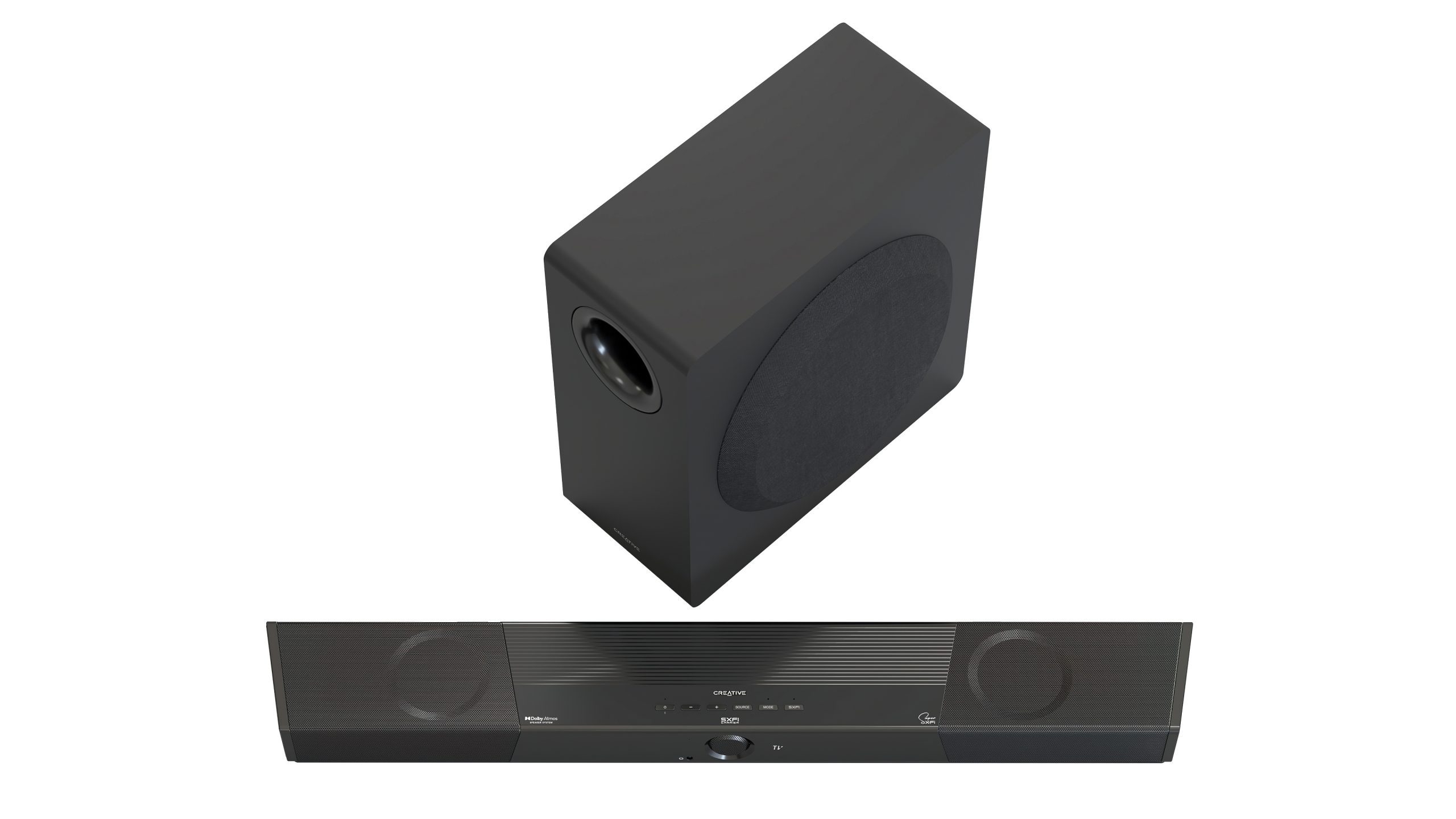

- Creative speakers drivers sound only in left speaker how to#
- Creative speakers drivers sound only in left speaker portable#
- Creative speakers drivers sound only in left speaker software#
- Creative speakers drivers sound only in left speaker Bluetooth#
- Creative speakers drivers sound only in left speaker plus#
LG UltraGear GP9 Listening at Home or at the Office?
Creative speakers drivers sound only in left speaker portable#
And, if your PC has Bluetooth, you can stream music wirelessly to any speaker that accepts it (which is the vast majority of portable speakers, and a large number of desktop speakers).
Creative speakers drivers sound only in left speaker software#
If your PC has a limited number of USB ports, you'll probably want to go with the more common 3.5mm audio output connector, though USB-powered speakers sometimes come with extra features, or even software that enables special functions. High-quality sound and robust extra features are not necessarily mutually exclusive it depends on the set. You might not think much about extra features when it comes to PC speakers, but there are some things to consider: Do the speakers include bass and treble controls so you can tailor the sound to your tastes? How about a Mute button? Or a remote control? That covers the vast majority of computer speakers, wireless speakers, and consumer-oriented home theater speakers and soundbars. We primarily test active speakers with their own built-in amps. Of course, you can use them with a computer just as easily, since it's still just a matter of plugging the speakers into your sound card.

They don't need an amp, but generally sound better and are more expensive than speakers designed for use with a computer. Basically, some powered speakers are designed for high-end audiophile use, like home studio mastering. Here the distinction between bookshelf speaker and computer speaker blurs. There are a few exceptions, in the form of active studio monitors. They're more expensive and take up more space when everything is configured, but the benefit is much more powerful and clear sound. That means whatever music you want to hear through them needs to be put through the amp, which then connects to the speakers. This is very handy, because it means you don't need to get a separate amp to drive your speakers you just plug them into your computer and they work.īookshelf speakers are typically unpowered, or "passive." They're intended for use with a separate amp. The vast majority of computer speakers, along with all Bluetooth-enabled speakers and wireless speakers, are powered, or "active." That means an amplifier is built into the speaker itself to take the signal it receives and feed enough power into the drivers to reproduce it. Without electricity flowing into the drivers, a speaker is just a box with some weird paper and metal bits in it.
Creative speakers drivers sound only in left speaker how to#
That unpowered part is a very big detail that will please anyone who knows how to set up a high-end home sound system and will frustrate everyone else.Īll speakers require power to run. However, especially among audiophiles, it has a much more important implication: Bookshelf speakers are small, unpowered stereo speakers. The term bookshelf speaker generally describe any speaker that can comfortably fit on a bookshelf and is intended for use in a stereo pair or other multiple speaker setups. Harman Kardon SoundSticks 4 What About Bookshelf Speakers?
Creative speakers drivers sound only in left speaker Bluetooth#
Even portable Bluetooth speakers can serve as one-piece systems for your PC if they have a 3.5mm audio input or support a USB connection (or if your computer has Bluetooth). There are also one-piece solutions (or one-piece with a subwoofer) that offer plenty of power but don't provide the stereo imaging you get from multiple satellites. Some serious gamers and cinephiles might want to look for a 5.1-channel (or higher) surround sound system, but the extra cost and inconvenience of placing all those speakers around the room isn't worth it to most users. Some have accompanying subwoofers, but you won't likely have more than two or three satellites to deal with. The vast majority of desktop speakers are stereo pairs. Some stereo speaker pairs, however, sound great even without a subwoofer, primarily because their woofers (the drivers dedicated to low-mid and low frequencies below 1KHz) are perfectly capable of handling the bass response. A solid sub at a reasonable volume can add rumble to film explosions and depth to kick drums, bass guitars, analog synths, orchestras, and more. The role of the subwoofer is to cover deep bass frequencies, generally below 100Hz.
Creative speakers drivers sound only in left speaker plus#
Stereo speakers consist of only a left and a right speaker, "2.1" refers to a pair of speakers augmented by a subwoofer, and surround sound involves between five and seven speakers plus a subwoofer. Here are things to consider when picking the best speaker system for your computer. Even if you're on a tight budget, low-cost speakers can noticeably improve your listening experience. And that's to say nothing of the tiny built-in drivers found in most laptops. Many PCs and Macs don't come with very good speakers. But as you've probably noticed, that music only sounds as good as the system it's playing through.


 0 kommentar(er)
0 kommentar(er)
